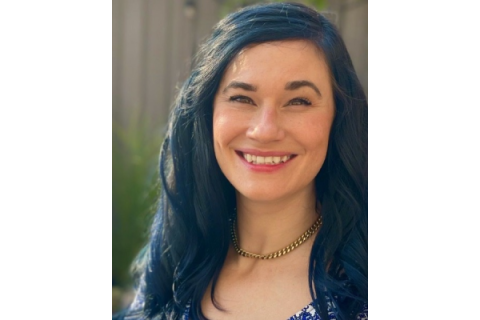Surgical Wounds: How to Manage Outpatient Care
August 11, 2023
Editor's Note: In this interview, Erin Testerman-Mitra, BSN, RN, CWOCN discusses ways to navigate care for surgical patients across outpatient settings, like home care. She suggests ways to control moisture-balance, biofilm, and other factors.
Outpatient Surgical Wound Management Strategies from HMP on Vimeo.
Transcript
Hi, my name is Erin Testerman-Mitra, BSN, RN, CWOCN. I am a certified Wound, Ostomy & Incontinence nurse in New York, New York. I work in the inpatient and outpatient colorectal division. And I love to meet any patient who isn't part of our practice but heard about us and wants some care in the outpatient world or they're coming to us for surgery.
What are some strategies for surgical wound management in the outpatient setting?
Strategies for surgical wound management in the outpatient setting, you know, of course it differs from facility to facility and state to state. But the idea is what can we do for patient care that is helping the process of the wound healing, making sure that if they have a chronic wound, how are we going to bring that back into a state of active wound healing?
And the idea is often, you know, removal of biofilm or prevention of biofilm, whether that be with a cleanser that actively works against bacteria, or we do some sharp debridement possibly and depending on, you know, the abilities of practitioners or clinical staff. And also, providers should consider types of dressings that either donate moisture or take away moisture. So, we need to figure out is this a dry wound that needs some moist wound healing, or is this a pretty wet wound that is now macerating our periwound skin? And what kind of dressing and how many dressings are we going to be able to get for this patient? So, it comes back to knowing, you know, what is allowed because of their insurances and what is going to be the best product for this patient's care.
And that means often going to conferences and going to exhibitor halls or having relationships with reps and actually spending time with them to, you know, find out what product do they have. Of course, you can go online and research some really great evidence-based products and some white papers that tell you, you know, this product does this for this set of population and that's great if you're going to do the research yourself.
But if you're not going to do the research yourself, take a minute to get a cup of coffee, have somebody come into your facility, your clinic, and just talk about what else is out there. And then if you can get a trial, you know, to use this, you know, in real time, great. Or in a lot of clinics, people are just kind of a wild, wild west and they are using whatever product they have available on the shelf because that's what they have available to them.
In that case, what are you going to do if that patient once they’re home? Who is going to be their point of contact? Who will help them get their supplies? Do you have anybody on staff that, you know, understands reimbursements or ordering supplies? And how will that patient kind of achieve their own self-care? Do they need home care? And it's just such an interesting world because we have so many evidence-based practices and we have these incredible products, but it really comes down to, “can I get this for my patient? And can we get reimbursed for it?” There are options for, you know, negative pressure wound therapy (NPWT). There are some great pouches that are impregnated with certain solutions that really do encourage wound healing or, you know, help donate collagen, other, you know, awesome products and scaffolding to, you know, get the tissue to grow itself. But I know that things like powders aren't really available in out-patient.
So, you have to really understand what can you feasibly get for your patient for them to heal their surgical wound?
About the Speaker
Erin Testerman Mitra, RN-BSN, CWOCN started her nursing career at the Burn Center at Johns Hopkins Bayview where she practiced the latest research findings on complex wound treatments for traumatic injury and rare skin infections. She furthered her education as a Certified Wound Ostomy and Continence Nurse and moved to New York City to work with complex surgical wounds and develop an interdisciplinary practice with the inpatient and outpatient Colorectal division at NewYork-Presbyterian/Columbia University Irving Medical Center. She is active in community outreach programs and promotes positive ostomy awareness as an ostomy advocate utilizing social media platforms for international collaboration. Erin is completing her Masters' degree at The Columbia School of Nursing, is a nursing clinical instructor, volunteers with the WOCN National Member Engagement Taskforce and just completed four years of board leadership in Metro NY WOCN Affiliate.
The views and opinions expressed in this content are solely those of the contributor, and do not represent the views of WoundSource, HMP Global, its affiliates, or subsidiary companies.








